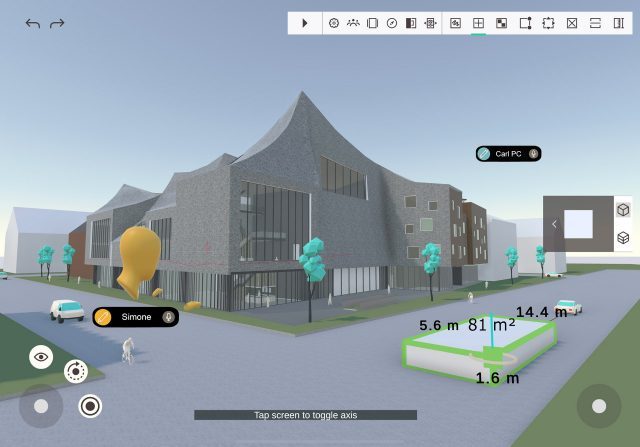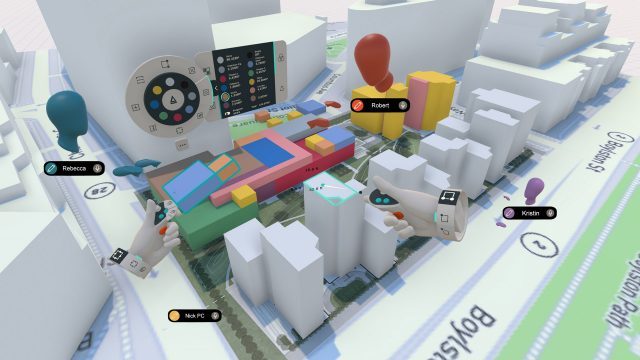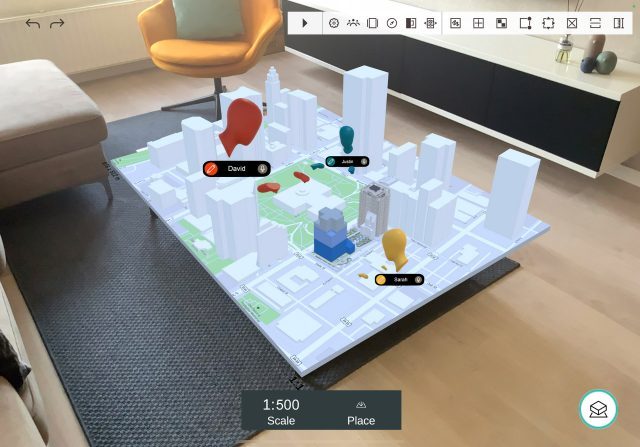Arkio is a collaborative VR tool built for quickly sketching architectural ideas and for reviewing designs with a group. In addition to a focus on speed, Arkio also aims to be cross-platform and easy to use, with the ability for VR and non-VR users to collaborate together. The 1.0 version of the tool is available starting this week across Quest, Rift, SteamVR, iOS, Android, and Windows.
Built by a self-funded Iceland-based startup, Arkio aims to bring intuitive, fully-featured architectural sketching to VR. But not just on powerful PCs; the team says it built its own modeling kernel to make rapid modeling and complex operations like booleans work even on Quest. And with support for Quest, Oculus PC, SteamVR, Windows, and smartphones, almost anyone can jump in to collaborate in real-time.
After a year in beta, Arkio 1.0 launched this week and its full version with all features will be free through September 1st. Following that, a free tier will allow for continued use of full modeling tools, though some other features will be reserved for paid tiers starting at $55 per month.
Speaking with Road to VR, the Arkio team says it has a clear focus on real architecture workflows. Rather than sketching out its own proprietary geometry, Arkio is designed to also be able to import existing 3D models from industry standard tools like Revit, Rhino, Sketchup, and BIM 360. And when you’re done sketching, you can sync your work back to the same applications.

Of course, you might run into performance issues with heavier models on Quest. The team says the Quest version of Ariko can currently support models up to some 400,000 polygons, though they’re hoping to be able to handle larger models in the future.
As for collaborating with others, the team says upwards of 10 users can be modeling at the same time. For review sessions (touring, discussing, and annotating models), they say you could have some 20 users in a single session.

Those users could be spread out across VR and non-VR platforms alike. While the VR apps have the easiest to use and most feature-rich modeling capabilities, the Arkio smartphone apps retain a surprising range of capabilities, including being able to annotate, measure, model, and edit. There’s even AR support for easily navigating large models.

Another goal for the Arkio team was to make collaboration easy. And they’ve gotten a long way there thanks to a no-account approach and the ability for someone on any supported device to join any session as long as you’ve got the room name and password.
While Arkio is presently designed primarily around sketching and concepting larger structures and even campuses, the team says it hopes to improve the app’s modeling capabilities so that users can just as easily design smaller spaces like homes and even individual rooms.






